Antarctic
The Antarctic is a region located at the southernmost part of the Earth. It is the fifth largest continent, covering an area of approximately 14 million square kilometers. The continent is surrounded by the Southern Ocean and is home to the South Pole.
Climate
The Antarctic climate is characterized by extremely cold temperatures, with the interior of the continent being the coldest place on Earth. The average winter temperature at the South Pole is around -49 degrees Celsius, while the summer temperature can reach up to -28 degrees Celsius. The continent is also known for its strong winds, with gusts reaching speeds of up to 200 miles per hour.
Wildlife
Despite its harsh climate, the Antarctic is home to a diverse range of wildlife. Some of the most well-known animals that inhabit the region include penguins, seals, whales, and various species of birds. These animals have adapted to the extreme conditions of the Antarctic and form an important part of the continent's ecosystem.
Research and Exploration
The Antarctic has been the focus of extensive scientific research and exploration. Researchers from around the world study the continent's unique environment, climate, and wildlife in order to better understand the Earth's ecosystems and the effects of climate change. The Antarctic Treaty, which was signed in 1959, established the region as a place for peaceful scientific cooperation and prohibits military activity.
Study Guide
- What is the climate like in the Antarctic?
- What are some of the animals that inhabit the Antarctic?
- Why is the Antarctic important for scientific research?
- What is the Antarctic Treaty and why is it significant?
For further study, you can explore the geological features of the Antarctic, its ice sheets and glaciers, as well as the impact of climate change on the region.
.◂Science Worksheets and Study Guides Eighth Grade. Plate tectonics
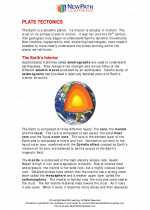
 Activity Lesson
Activity Lesson
 Worksheet/Answer key
Worksheet/Answer key
 Worksheet/Answer key
Worksheet/Answer key
 Worksheet/Answer key
Worksheet/Answer key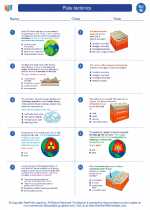
 Worksheet/Answer key
Worksheet/Answer key
 Vocabulary/Answer key
Vocabulary/Answer key
 Vocabulary/Answer key
Vocabulary/Answer key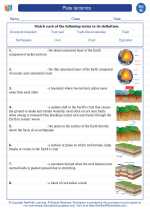
 Vocabulary/Answer key
Vocabulary/Answer key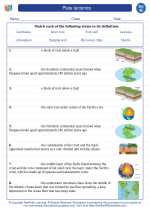
 Vocabulary/Answer key
Vocabulary/Answer key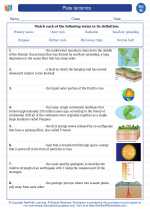
 Vocabulary/Answer key
Vocabulary/Answer key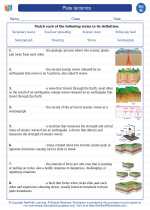
 Vocabulary/Answer key
Vocabulary/Answer key
 Vocabulary/Answer key
Vocabulary/Answer key
